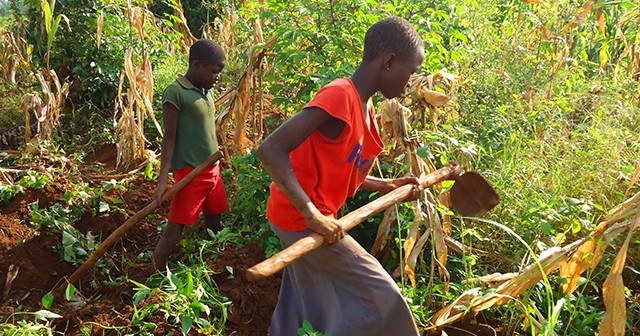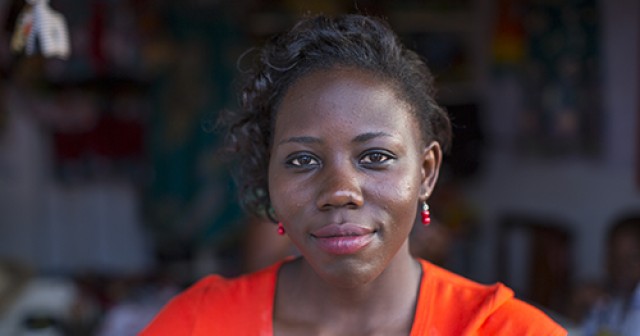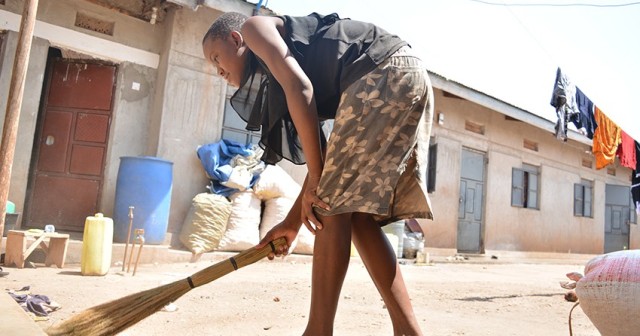Where do we start assessing sustainability in water sanitation and hygiene programmes
Where do we start? Assessing sustainability in water, sanitation and hygiene programmes
Never heard of the Water, Engineering and Development Centre (WEDC) Conference? Here’s your chance to learn more about it!
The 41st WEDC Conference was held this summer at Egerton University, in the hills of Nakuru in Kenya. The conference is organised in a different location each year and is a fantastic way of gathering an eclectic range of WASH professionals, from the academic world, practitioners, UN institutions, donors, the private sector and government.
This year, as in previous years, more than 70% of the 600 attendees were from low- and middle-income countries, with 40 countries represented. This makes the conference an amazing platform for sharing knowledge, reflection, debate, and innovation in the WASH sector.
Defining and measuring sustainability
For the last four years, the South Asia WASH Results Programme (SAWRP) Consortium has seized the opportunity to share lessons learned at the WEDC conference.
This year, we organised a side event to explore how to define and measure the sustainability of WASH programmes. In a nutshell, we asked: how can we tell whether a programme’s achievements are likely to last?
To get conversations going, we presented an overview of some existing sustainability definitions, and encouraged participants to think about their own. What do we need to think about to maximise the likelihood that our programmes’ results will last into the future?
Developing a sustainability framework
Given the diversity of WASH programmes, there is no one best way to define and measure sustainability in WASH programming.
However, there are common sustainability areas – or building blocks – we should all be considering when designing, implementing and assessing WASH programmes, such as equity and inclusion, operation and maintenance, financial, environmental, or institutional sustainability.
The South Asia WASH Results Programme has developed a sustainability framework to translate these building blocks into specific targets, with associated indicators to assess our progress towards achieving these.
In this way, we have been able to translate the high-level and somewhat intangible building blocks into specific objectives that we can realistically measure in our programme.
Institutional sustainability and its meaning
Our example indicators stimulated discussions during the group work session, and participants made sound contributions of their own.
For example, ‘How does an NGO programme’s sustainability framework fit with national monitoring mechanisms?’ And, ‘if our main goal is to achieve sustainability, how are we ensuring our work fits within a broader sustainability system?’
This question echoes other debates that took place at the conference, where the focus was often on institutional sustainability and its meaning.
Where does responsibility lie? Should governments be responsible for managing all building blocks with support from NGO partners, or should an NGO develop a sustainability framework on its own and include government’s role as a building block (i.e. institutional sustainability) in a framework?
Moving away from ‘business as usual’
There was no definite response to these questions and the best approach will depend on the local context.
However, there is a pressing need to agree that ‘sustainability’ is the goal we should all be working towards and that we must all commit to move away from business as usual for more meaningful and longer lasting results.
We are keen to stay engaged in conversations on measuring WASH sustainability as we continue to develop our approach. Here are two key questions to think about when considering sustainability in your own programmes, or in the wider WASH sector:
- How do we ensure that sustainability data collection is integrated into existing systems for increased ownership by implementing partners and government officials?
- Is it realistic to have global quantitative and qualitative indicators applicable and accessible to the wider WASH sector?
Tweet your thoughts to @PlanUK or read more about our SAWRP programme here >
Latest stories for you
Real Choices, Real Lives: Identifying 'glitches' in the gender socialisation process
Looking deeper into the data from our longitudinal study.
A different kind of crisis?
A response to a Parliamentary debate on adolescent girls in fragile contexts.
A critical moment: universal health coverage and sexual and reproductive health and rights
Keeping SRHR on the agenda.
Real Choices, Real Lives: Girls’ evolving time use and emerging resistance
A response to the 'Young Lives' research on children's time use.
Show more




